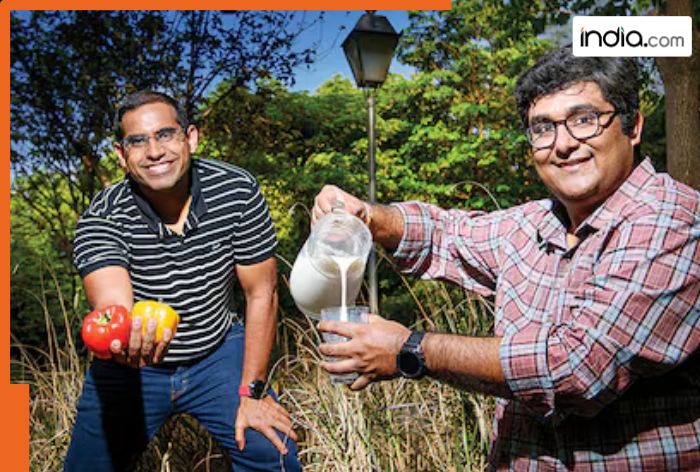
Skin cancer is prevalent in the United States, and still there are many misconceptions about skin protection — especially when it comes to sunscreen.
There are plenty of things people aren’t aware of when it comes to how sun exposure can affect the skin, says Dr. Adam Friedman, professor and chair of dermatology at GW School of Medicine and Health Sciences. From where on the body you should apply sunscreen to how often you should be reapplying throughout the day.
A fact that would surprise many people when it comes to sunscreen, Friedman says, is what SPF actually protects against.
“SPF only refers to UVB, the type [of sun rays] that burn,” he says. SPF doesn’t factor in ultraviolet A radiation which can penetrate into the skin deeper than UVB rays.
UVA rays are “actually more associated with accelerated skin aging. It damages collagen, elastin. [It’s] also associated with skin cancer, but it doesn’t burn like ultraviolet B does,” Friedman says.
The tricky thing about UVA rays is that they can affect your skin health even when you’re indoors, he explains.
“When you stand next to a window, UVB might be filtered out, but UVA isn’t. So you can get exposure and not even realize it,” Friedman says.
“UVA gets through clouds, so it’s kind of the silent killer. You’re getting exposed and being harmed, and don’t even feel or know about it.”
Friedman recommends using sunscreen with SPF 30 or higher for stronger protection from UVB rays, which is also the recommendation of the American Academy of Dermatology.
“I do push for higher SPFs. There’s really no difference in the feel and the texture or cost. It’s more that I know you’re not going to put the right amount on, so at least it keeps you in a range that is still going to be effective,” he says.
It’s just as important to make sure you’re using a sunscreen that has broad-spectrum protection, meaning it offers protection against UVA and UVB rays, he adds.
On most days, Friedman applies sunscreen only in the morning, “but I don’t go outside at all, and I’m not really near windows,” he says. If you’re planning to be outside for most of the day or spend extended periods of time near windows, reapplying sunscreen often can offer more protection.
“Technically you should be reapplying every two hours. I say technically, because I’m a realist and who’s going to actually do that,” Friedman says. “Do the best you can.”
Want to be your own boss? Sign up for Smarter by CNBC Make It’s new online course, How To Start A Business: For First-Time Founders. Find step-by-step guidance for launching your first business, from testing your idea to growing your revenue. Sign up today with coupon code EARLYBIRD for an introductory discount of 30% off the regular course price of $127 (plus tax). Offer valid September 16 through September 30, 2025.
Plus, sign up for CNBC Make It’s newsletter to get tips and tricks for success at work, with money and in life, and request to join our exclusive community on LinkedIn to connect with experts and peers.



